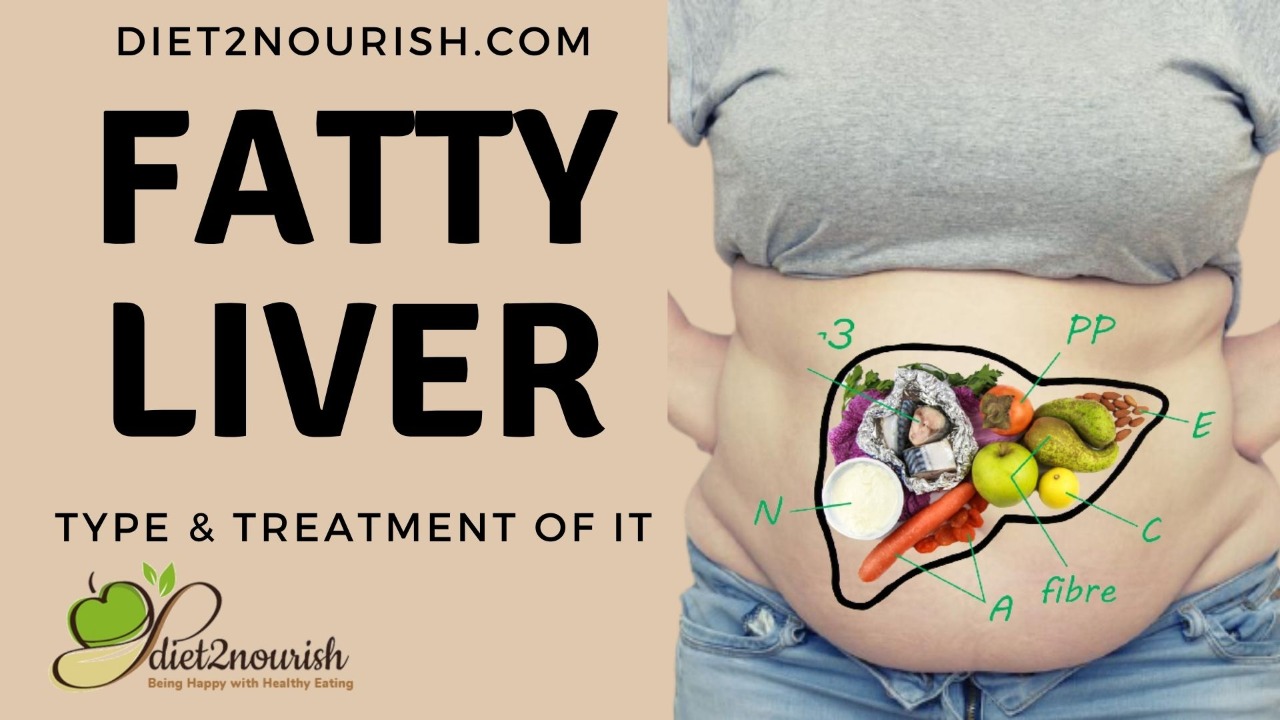fatty liver diet chart to Eating Healthy on a Budget from diet2nourish's blog
A fatty liver diet chart is a critical tool for managing a common liver condition known as non-alcoholic fatty liver disease (NAFLD). NAFLD is characterized by the accumulation of excess fat in the liver, which can lead to inflammation and liver damage. Proper dietary choices are essential in preventing and managing NAFLD.
Understanding NAFLD:
Non-Alcoholic Fatty Liver Disease is a liver condition not related to alcohol consumption. It ranges from simple fatty liver (steatosis), where excess fat accumulates in liver cells, to non-alcoholic steatohepatitis (NASH), which involves liver inflammation and can lead to fibrosis and cirrhosis.
Goals of a Fatty Liver Diet Chart:
The primary objectives of a fatty liver diet chart are:
Reduce Fat Accumulation: Minimize the accumulation of fat in liver cells.
Prevent Inflammation: Prevent or reduce liver inflammation and oxidative stress.
Promote Weight Management: Achieve and maintain a healthy body weight.
Components of a Fatty Liver Diet Chart:
1. Low-Glycemic Carbohydrates:
Choose carbohydrates with a low glycemic index to help stabilize blood sugar levels and reduce fat storage in the liver:
- Whole grains like brown rice, quinoa, and whole wheat.
- Legumes such as lentils, chickpeas, and kidney beans.
- Fiber-rich vegetables like spinach, broccoli, and cauliflower.
2. Healthy Fats:
Incorporate sources of healthy fats to support liver health and overall well-being:
- Olive oil: Use it for cooking and as a salad dressing.
- Nuts and seeds: Include almonds, walnuts, flaxseeds, and chia seeds in your diet.
- Fatty fish: Choose fish like salmon, mackerel, and sardines, which are rich in omega-3 fatty acids.
3. Lean Proteins:
Opt for lean protein sources to support liver function and muscle health:
- Skinless poultry like chicken and turkey.
- Low-fat dairy or dairy alternatives like yogurt and soy milk.
- Plant-based proteins like tofu and tempeh.
4. Antioxidant-Rich Foods:
Antioxidants help protect liver cells from oxidative stress and inflammation:
- Colorful fruits and vegetables: Include berries, citrus fruits, and leafy greens.
- Turmeric: This spice has anti-inflammatory properties.
- Green tea: It contains compounds with antioxidant effects.
5. Portion Control:
Practice portion control to manage calorie intake and prevent excessive fat accumulation. Overeating, even healthy foods, can contribute to NAFLD.
6. Limit Added Sugars:
Minimize the consumption of foods and beverages high in added sugars. Processed and sugary foods can contribute to excessive calorie intake and liver fat.
7. Moderate Dairy Consumption:
If you tolerate dairy well, include low-fat or lactose-free dairy products. If you have lactose intolerance, opt for dairy alternatives like almond milk or soy yogurt.
8. Hydration:
Stay well-hydrated by drinking plenty of water throughout the day. Proper hydration supports liver function and helps flush toxins from the body.
9. Lifestyle Factors:
In addition to dietary choices, consider these lifestyle factors for liver health:
- Exercise regularly: Physical activity can help reduce liver fat and improve insulin sensitivity.
- Manage weight: Achieving and maintaining a healthy weight is crucial for liver health.
- Avoid alcohol: Even small amounts of alcohol can be harmful to the liver, especially in the presence of NAFLD.
- Limit processed foods: Highly processed and fried foods can contribute to liver inflammation and fat accumulation.
- Get regular check-ups: Consult with a healthcare provider to monitor liver health and receive guidance on managing NAFLD.
Conclusion:
A fatty liver diet chart focuses on making dietary choices that reduce fat accumulation in the liver, prevent inflammation, and promote overall liver health. By emphasizing low-glycemic carbohydrates, healthy fats, lean proteins, antioxidant-rich foods, portion control, and lifestyle factors like exercise and weight management, individuals with NAFLD can proactively manage their condition. It's crucial to work closely with healthcare providers and registered dietitians to develop a personalized plan tailored to specific needs and liver health goals. With the right dietary choices and lifestyle adjustments, individuals can support their liver's well-being and reduce the risk of liver complications associated with NAFLD.


The Wall